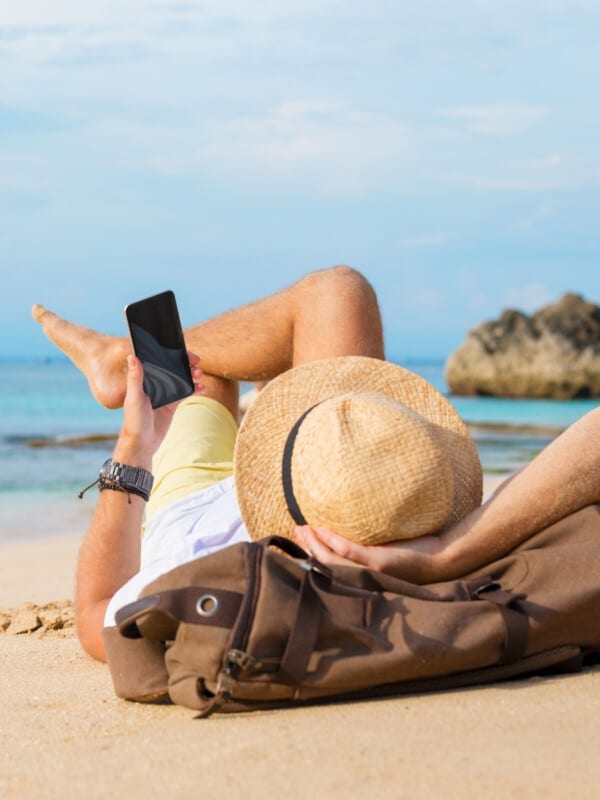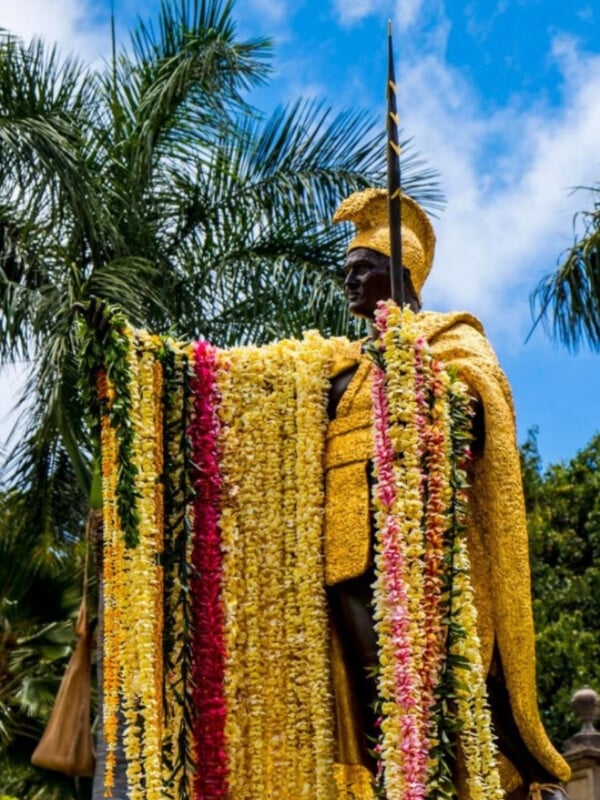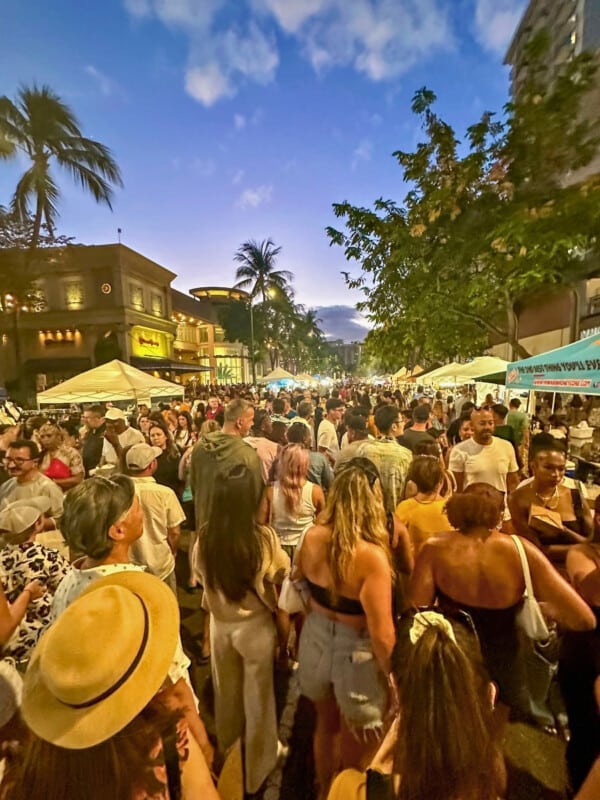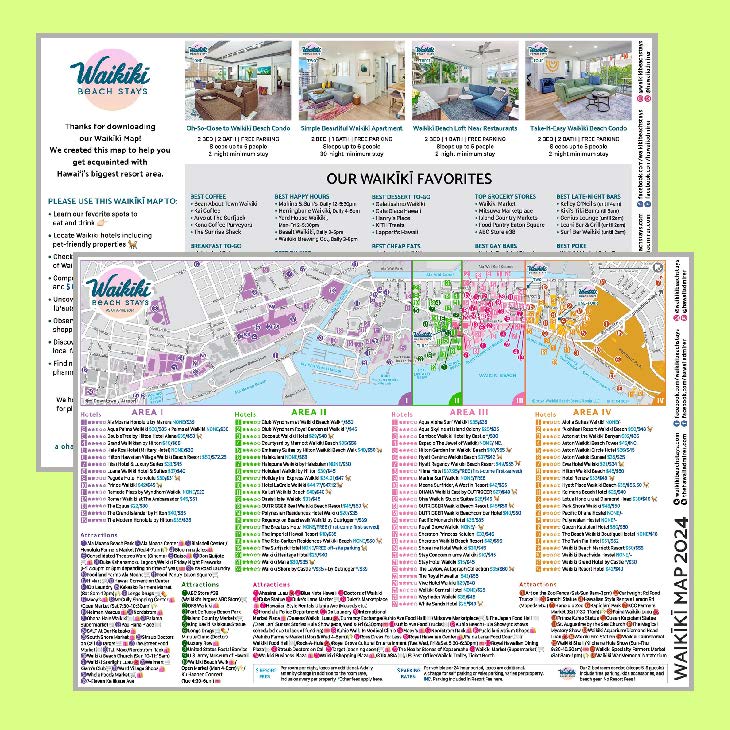From winding coastal highways to bustling city streets, driving in Hawaiʻi presents unique challenges — here’s how to stay safe on the road.
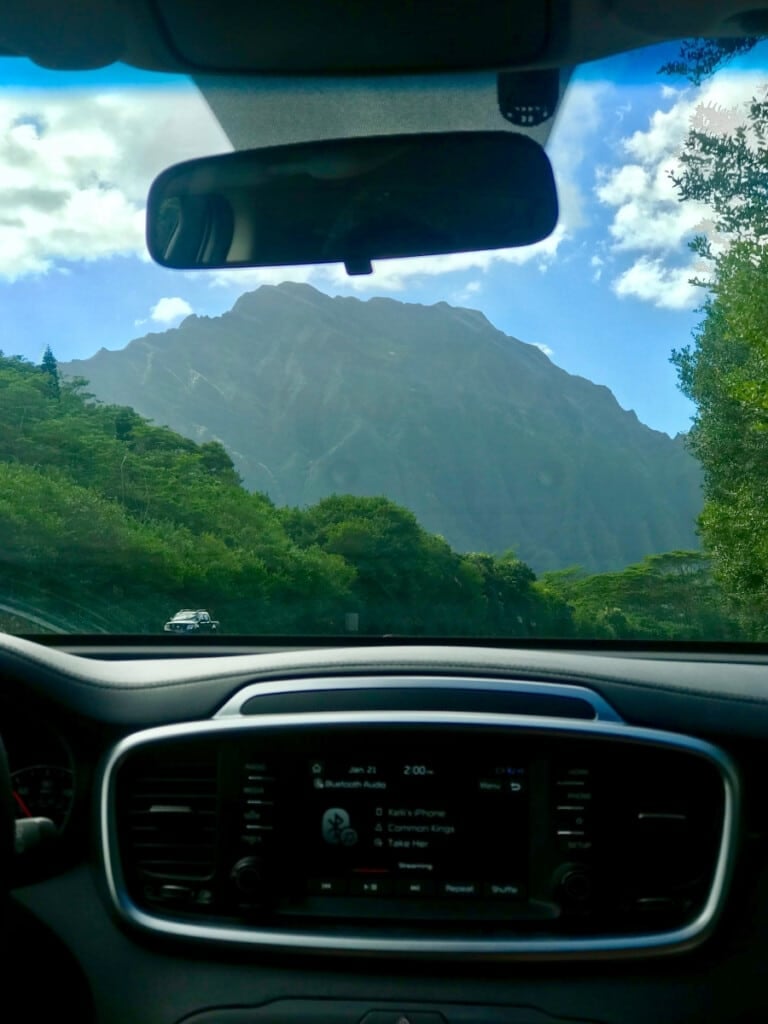
At 44mi (70km) long and 30mi (48 km) wide, Oʻahu is a compact island that’s easy to navigate and offers a variety of transportation options.
TheBus, Oʻahu’s public transport system, is the most affordable way to travel, with one-way tickets costing just $3.
For a unique sightseeing experience, hop on the Waikīkī Trolley. Taxis, Uber and Lyft are available, as is Biki, the local bike-sharing program.
For a touch of adventure, consider exploring Oʻahu with mopeds, scooters or scoot coupes — two-person, three-wheel mopeds.
If you’re staying in Waikīkī, it’s common to rent a car for day trips to explore the island beyond the city. Driving on Oʻahu is rewarding with scenic views from mauka (mountains) to makai (ocean).
For a safe and enjoyable ride, drivers should stay focused on the road and follow these driving tips.
Drive Safe on Oʻahu
- Drive on the right side of the road: We drive on the right-hand side of the road in Hawaiʻi and speed limits are expressed in miles per hour (mph). Get familiar with Hawaiʻi’s road rules by reading Hawaiʻi Driver’s Manual.
- Car hire basics: Most Hawaiʻi car hire companies won’t rent to drivers under 21. If you’re aged 21 to 25 expect a young driver surcharge and restrictions on vehicle type. All driver will need a credit card, cash is unlikely to be accepted for car rentals.
- Drive with aloha: Do as the locals do and practice good manners when driving in Hawaiʻi. Observe speed limits, avoid tailgating and be courteous to drivers. The general rule for single-lane bridges is to yield to oncoming traffic.
- Avoid honking: It’s obvious you’re not from Hawaiʻi if you honk your horn for anything other than saying aloha to someone you know or for an emergency. Hang loose and stay off the horn (unless absolutely necessary).
- Never drink and drive: It is prohibited to drive under the influence of any drug or alcohol substance. Period.
- Pullover to use your phone: With the exception of 911 calls, it’s illegal to use electronic devices in Hawaiʻi while operating a vehicle or stopped at a traffic light or sign. Never hold your phone, talk or text while driving.
- Click it or ticket: Hawaiʻi law require that all front and back vehicle occupants wear a seatbelt. Children under 4 are required to ride in a child safety seat, and kids 4 to 8 years must ride in a booster seat.
- Look for pedestrians: Pay careful attention while driving, be aware that pedestrians can be hidden from view by stopped vehicles on multi-lane streets. View Hawaiʻi Drive Wise brochure for pedestrian tips for drivers.
- International driver’s license: Foreign visitors to Hawaiʻi can drive a car with an international driver’s license (without an additional international driver’s permit) as long as it is valid in the home country and is written in English. Learner or provisional permits are not accepted. Your valid foreign driver’s license is good for one year from the entry date on your passport. If the international driver’s license is in a language other than English, and the letters are English (i.e. German, Spanish, etc.), an additional international driver’s permit is highly recommended. Please confirm with your car hire company ahead of time. If the international driver’s license is in a language other than English, and the letters are not English (i.e. Japanese, Arabic, etc.), an additional international driver’s permit is required. An international driver’s permit is a translation of an individual’s foreign license and is normally easy and inexpensive to obtain in the driver’s home country, usually issued by an automobile association.
Adhere to Bicycle Etiquette
- Road rules apply: Like motorists, bicyclists are required to obey all traffic signs, signals and other traffic regulations. Get familiar with Hawaiʻi’s road rules by reading Hawaiʻi Driver’s Manual.
- Bike safety: Ride with traffic, not against it. Use available bicycle lanes. Don’t ride on the sidewalk in business districts. In other areas, you may ride on the sidewalk but stay under 10mph (16km/h) and yield to pedestrians.
- Helmet laws: Bicycle riders under 16 must wear a helmet. Scooter and motorcycle riders under 17 must wear a helmet. If you’re over 18, you are not be legally required to wear a helmet but it’s good idea!
Watch Out for Pedestrians
- Be pedestrian smart: Get to know the pedestrian rules in Hawaiʻi and stay safe. Review and follow the seven steps to safety as outlined by Hawaiʻi Walk Wise.
- Don’t stand close to curbs: Motor vehicles with protruding side mirrors may strike you.
- Always use a crosswalk: Avoid jaywalking, it’s against the law and punishable by a fine.
- Be careful at crosswalks without traffic lights: Sadly, pedestrian crossings do not automatically guarantee a driver will stop. Watch for cars at all times and don’t assume that the lines guarantee your safety.
- Steps for a safe crossing: When trying to cross the street, stop and wait. Look left, right and left again. Listen, and if all is clear then step onto the road. Keep looking and listening while walking, until you reach the other side.
- Watch your step: In Hawaiʻi, it’s illegal to start walking on a crosswalk when the countdown timer is flashing. The best time to cross the street is when you see the picture of a man walking or a white hand.
- Don’t use your phone while crossing the street: Take heed of Hawaiʻi’s distracted walking law. People on Oʻahu caught crossing the street while texting or using digital devices can be fined.
In summary, by following these Hawaiʻi road safety tips, you’ll ensure a smoother, safer journey as you explore the beauty of the islands — enjoy the ride!
Please Follow Us @WAIKIKIBEACHSTAYS

